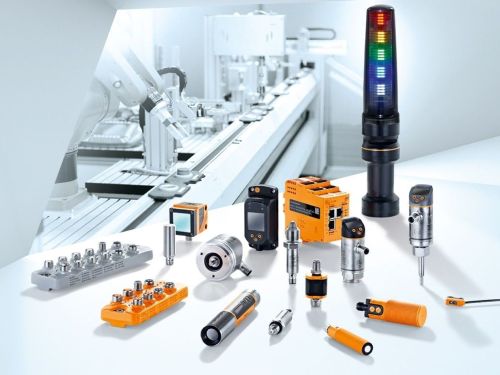Aquafarming: Innovative solutions for efficient fish farms
25 % faster project processing times with smart network technologies
36.000 €
Material cost savings
25 % Time savings
during commissioning
Additional measured values
in one device
Results
- Material cost savings of more than € 36,000
- 25 % time saved during commissioning
- Increased safety through diagnostics at field device level
- More accurate readings through digital communication
The challenge
Increasing environmental protection requirements and acute international competition have created the need to constantly optimise fish farms. Technological innovations and a higher degree of automation are required to save water and energy whilst increasing productivity. The growing number of sensors makes process control networking increasingly complex and time-consuming.
Aquafarms are very sensitive systems whose parameters must be continuously monitored. For example, to ensure healthy rearing of the fish, the water temperature and oxygen saturation must be at an appropriate level in all lines. One single wrong measurement can lead to the death of the entire fish population and cause significant financial loss. It is therefore of major importance for aqua farm operators to install reliable sensors with long-term resistance to humid and salty air.

The solution – why ifm?
ifm offers fully digital network technology via IO-Link, with all sensors being connected (manufacturer-independently) to the controller via field modules. Smart cabling with field modules in combination with M12 connectors reduces the installation time by 25 % and minimises the risk of errors. With the possibility of device diagnostics down to the field level, the customer not only achieves a higher safety standard, but the sensors can also report errors independently (e.g. wire break detection).
The extended functionality also means that additional measured values are available from some sensors, e.g. the temperature for flow sensors, allowing the customer to save hundreds of temperature sensors initially included in the design.
The material cost savings achieved in this way add up to more than € 36,000 per plant. The ifm components’ high IP protection class and robustness provide the ideal basis for their long-lasting use in a harsh environment such as encountered in fish farming. The wide product range including sensors and network technology in combination with their extensive consultation services and support make ifm a competent and reliable technology partner in the fish farming industry.



